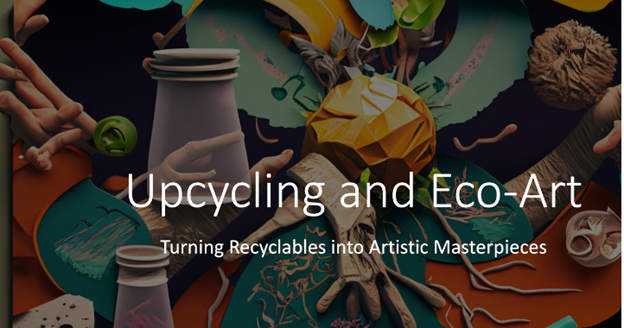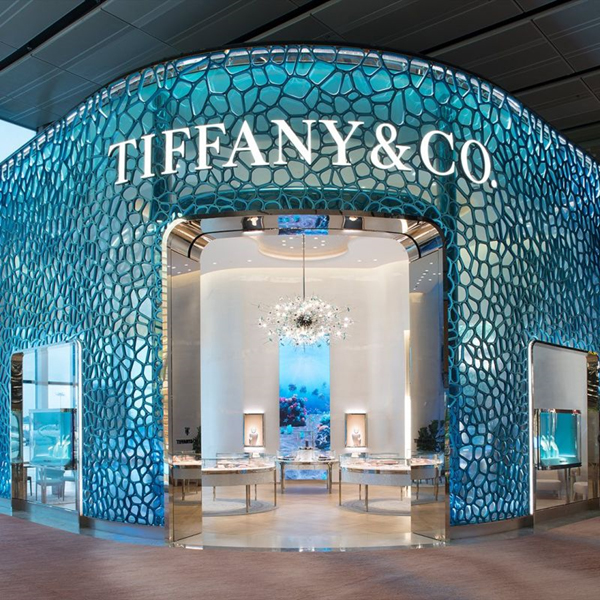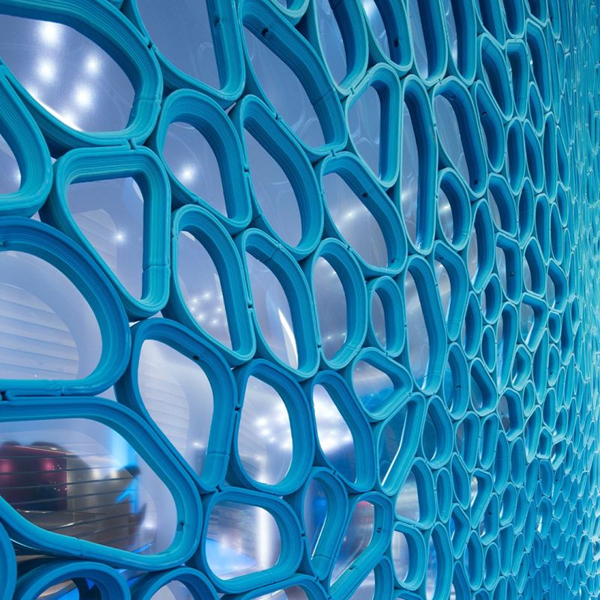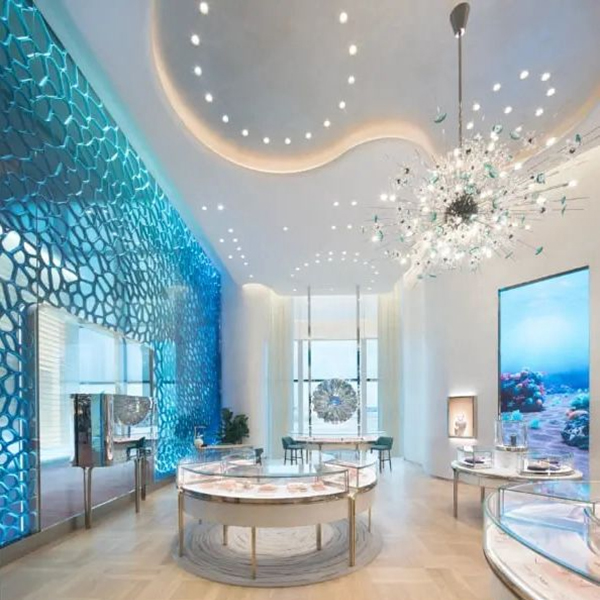Upcycling and Eco-Art: Fusing Creativity with Sustainability


In an age where environmental consciousness meets artistic expression, the world of upcycling and eco-art is emerging as a powerful force for positive change. Join me as we explore the fascinating intersection of creativity and sustainability in “Upcycling and Eco-Art: Turning Recyclables into Artistic Masterpieces.”
The Art of Transformation
Upcycling is more than a creative endeavor—it’s a revolutionary way of reimagining discarded materials. Artists and makers breathe new life into items that were destined for landfills, infusing them with imagination, purpose, and renewed beauty. These artistic transformations not only captivate our senses but also challenge us to rethink our relationship with waste.
Eco-Art: Beyond Aesthetics
Eco-art takes creativity a step further by weaving in environmental narratives. Each piece carries a message about our impact on the planet, sparking conversations about conservation, climate change, and our collective responsibility. Through eco-art, artists channel their creativity to draw attention to urgent issues, inviting viewers to reflect and take action.
The Role of Upcycling in Eco-Art
At the heart of eco-art lies the practice of upcycling. By embracing upcycling techniques, artists can merge their artistic visions with sustainable values. This process not only transforms waste into artistic masterpieces but also serves as a medium to amplify environmental awareness, resonating with audiences on a profound level.
From Trash to Treasure: Examples of Upcycled Art
Imagine discarded bicycle parts reborn as captivating sculptures, bottle caps transformed into intricate jewellery, or reclaimed wood fashioned into functional furniture. These examples of up cycled art highlight the boundless potential of creativity when intertwined with sustainability. They inspire us to see value where others might only see waste.
Engaging Communities Through Collaborative Projects
Beyond individual works, collaborative eco-art installations have the power to engage entire communities. By bringing people together to create large-scale art from recycled materials, these projects foster unity, creativity, and a shared commitment to sustainability. They serve as tangible reminders that our actions—both small and large—can shape a better future.
Embrace Upcycling and Support Eco-Art Initiatives
As individuals, we can embrace upcycling by exploring DIY projects that turn everyday items into artistic treasures. Supporting eco-art initiatives and local artists not only encourages creative expression but also fuels the momentum for environmental advocacy. By sharing the stories of up cycled art and its impact, we can inspire others to adopt sustainable practices and artistic ingenuity.
Closing Thoughts
“Upcycling and Eco-Art: Turning Recyclables into Artistic Masterpieces” is a journey that invites us to see the potential in what others might discard. It’s a celebration of creativity that reverberates with a profound commitment to our planet. Let’s continue to champion the fusion of creativity and sustainability, transforming our world, one masterpiece at a time.
by Kamalakar Dasari https://www.linkedin.com/pulse/upcycling-eco-art-fusing-creativity-sustainability-kamalakar-dasari/



Stunning 3D-Printing Coral-Inspired Façade at Tiffany & Co. using recycled material to create a sustainable masterpiece.
A 3D-Printed façade Inspired by Coral for Tiffany & Co. Using recycled ocean plastic, including fish nets. Drawing inspiration from Singapore’s coral reefs and local environment, designers emulate organic, cell-like patterns on the store’s frontage. This innovative screen site before a gradient-tinted glass, transitioning from Tiffany’s iconic blue to a deep ocean blue, reflecting Singapore’s coastal beauty.
Images from Singapore’s Changi Airport: Designed by @mvrdv and crafted by @aectual
DESIGN YOUR FUTURE TODAY!
Interior Designers Institute was founded in 1984 and is one of the few Interior Design Schools in California offering an Avocational Certificate Course, Associate of Arts Degree in Interior Design, Bachelor of Arts Degree in Interior Design, and Master of Interior Architecture Degree and is nationally accredited and also accredited by CIDA, Council for Interior Design Accreditation.

